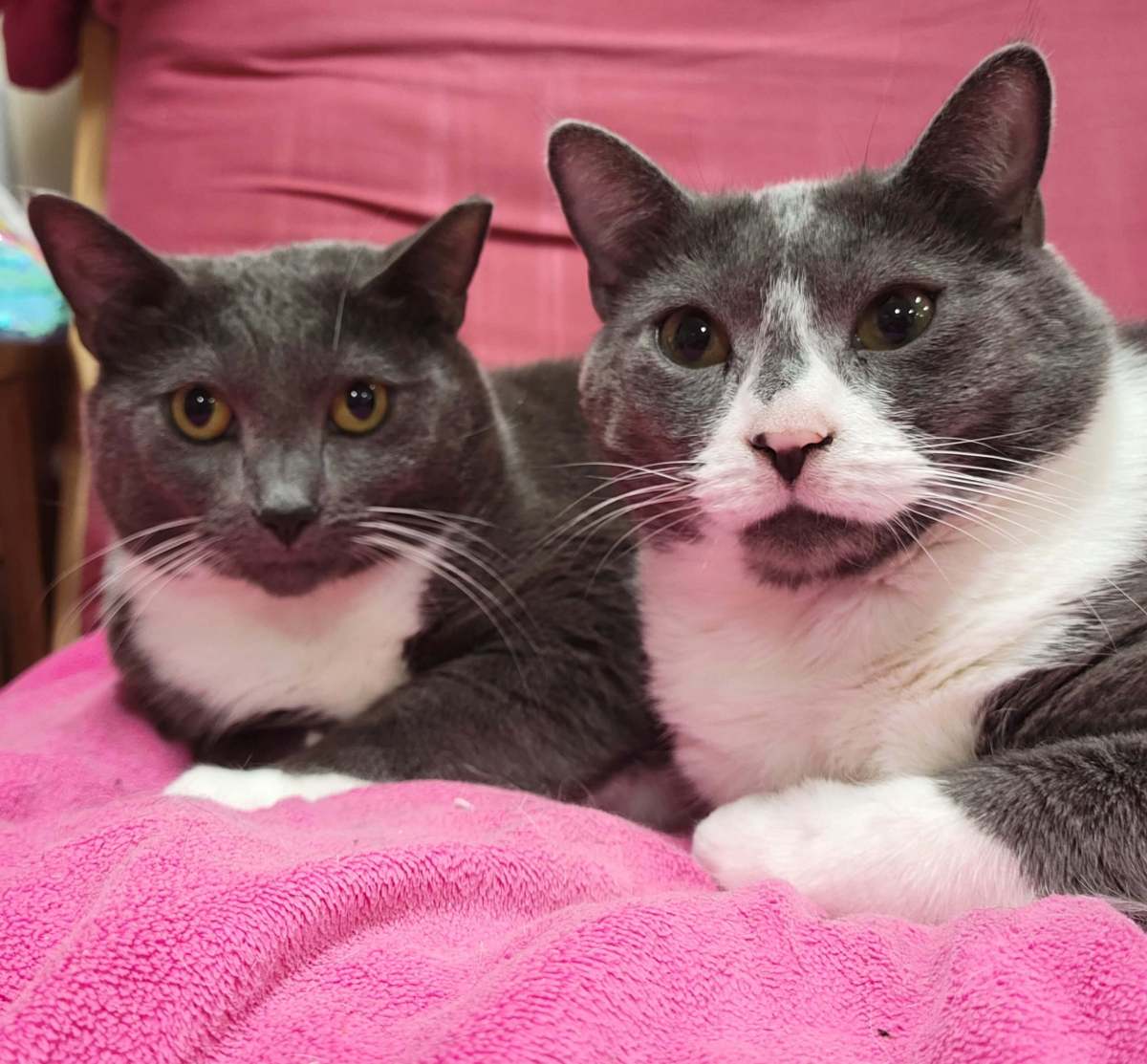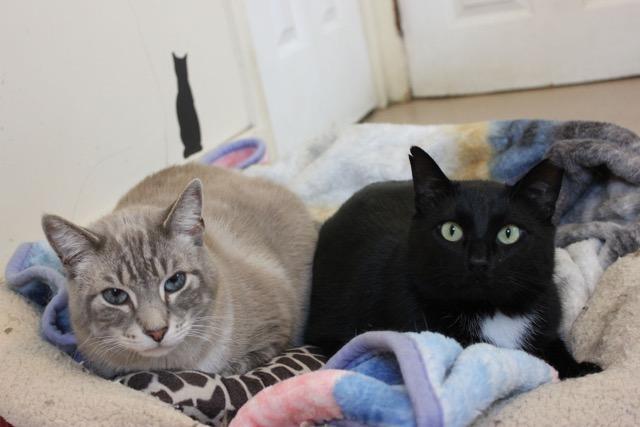February means love is in the air, so this month we’re talking about double adoptions and why bringing home two felines instead of one can be the purrfect option.
Rebecca Caro, president and founder of Tender Loving Cats, Inc., explains pairing up cats at a young age is critical.
“Many well respected and reputable rescues require kittens younger than twelve weeks to only go home with another feline companion,” she says. “Kittens adopted solo can become aggressive, bite-y and often lack the confidence that leads to inappropriately urination as they age.”.
This is because the critical learning period for kittens is between eight and 12 weeks, when they are essentially learning how to be a cat – not something that can be taught by a human.
“When kittens don’t have other kittens to learn from, they can experience something known as Single Kitten Syndrome or Tarzan Syndrome,” Caro says.
According to data collected over the last 15 years, 90% of all kittens adopted under the age of three months without another age-appropriate playmate get returned or abandoned once they become adults. These cats are typically unable to integrate with other cats and can become aggressive without warning, “resulting in euthanasia, or ending up in barn placement,” says Caro.
If you’re looking for an older set of cats, many Long Island rescues have pairs for adoption, some who lost their homes for a variety of reasons, and some who even met and bonded at the shelter. “In some cases you can actually see them walking with their tails intertwined,” says Dorit Shevach-Shani, Senior Feline Behavior Manager of North Shore Animal League America. “Bonded pairs enjoy spending time with one another; eating together and grooming each other, much like a married couple. When a bond this strong develops, they will need to stay together when finding their forever home because separation can be traumatic.”
If you already have a feline or two at home and are considering adding another playmate, Shevach-Shani says its vital to match personalities and energy levels.
“Begin with slow introductions as cats are routine-oriented animals that do not like change,” she says. “We always recommend keeping the new cat in a safe room or safe space to allow acclimation to the new environment. Allow the cats to get used to each other by scent first, followed by slow, positive interactions through a door. Then, over time as they acclimate, you can offer more space.”

































